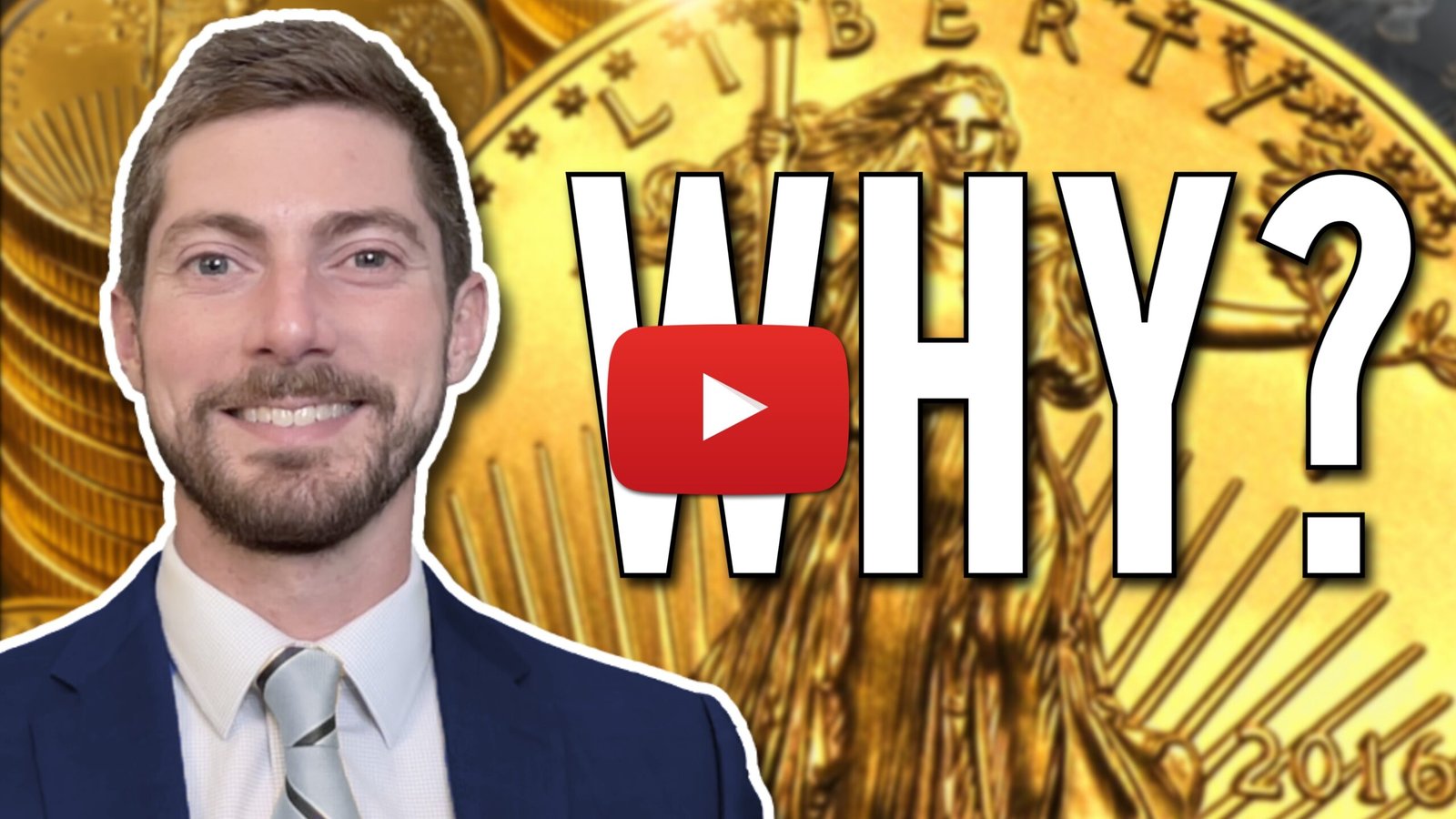https://www.youtube.com/watch?v=igcwoqdums0
Why don’t we pay for coffee with gold? That’s a reasonable question – after all, gold has been considered money for thousands of years. But if it’s so valuable, why don’t we use it for daily transactions?
In a recent video, Alan Hibbard packs on this common misunderstanding and gives a strong explanation of why gold still matters – not as an exchange medium, but as a value of value. Below we have broken down the most important concepts from his speech and laid the basis for what will be a six-part educational series, Hidden value secrets.
What it means to “spend” money
Most people think of “spending” money like using them. You iron a card, hand over a bill, and a transaction is made. But Alan challenges this assumption.
When it comes to monetary assets, Savings user. In fact, saving – or storing value – is one of the most important use cases of money. Gold is not used to pay for groceries because it is not its role. It’s not about inefficiency or weight. It’s about design. Gold is intended to store purchasing power over time and not serve as your daily transaction tool.
Just as you don’t drive your house or live in your car, you don’t use your savings – at least not every day.
The Monetary Trilemma: Why nothing active can do it all
Here it gets really interesting. Alan introduces the concept Monetary trilemma – A frame that explains why no monetary asset can be at the same time:
You can choose two but never all three.
Gold is safe (it’s hard to falsified) and decentralized (No central party controls it), but it is not very scalable – it is heavy, expensive to move and difficult to divide into transactions.
Fiat currencies on the other side are Scalable And often sureAt But not decentralized. They are issued and controlled by central authorities, and over time this leads to erosion of trust when inflation eats away at their value.
Understanding this trilemma helps to clarify why different assets earn different roles. It’s not about replacing currency with gold; It’s about recognizing the different strengths and limitations for each.
Layered Money: Why Gold is still sitting at the Foundation
To visualize how money works today, Alan shares a layered system – a monetary pyramid. On the base sits goldthe basis of real money. All above that – Paper Banknotes, Digital deposits, credit – is a lift to pay something more basic.
Gold is “Layer 1” money. Everything else is a derivative that is built on trust.
While we have formally removed gold from most official currency systems (especially since 1971), it has not disappeared. People all over the world still use it – not in transactions, but to maintain wealth. That’s the key.
When currencies fail or trust in the central banks breaks, people do not flow to new Fiat … they return to gold.
Golds true value is in preservation – not transactions
So why don’t we use gold to pay for coffee?
Because gold plays another role: that preserves value over timenot across a counter. It is the asset you have when you want to opt out of inflation, financial oppression, or broken monetary promises.
In any sound mone -cube system, money and currency earn two different purposes:
- Currency are for speed and transactions.
- Gold (money) are for trust and preservation.
They are complementary – not competing.
To understand how gold fits into the larger monetary image, start with this video.
